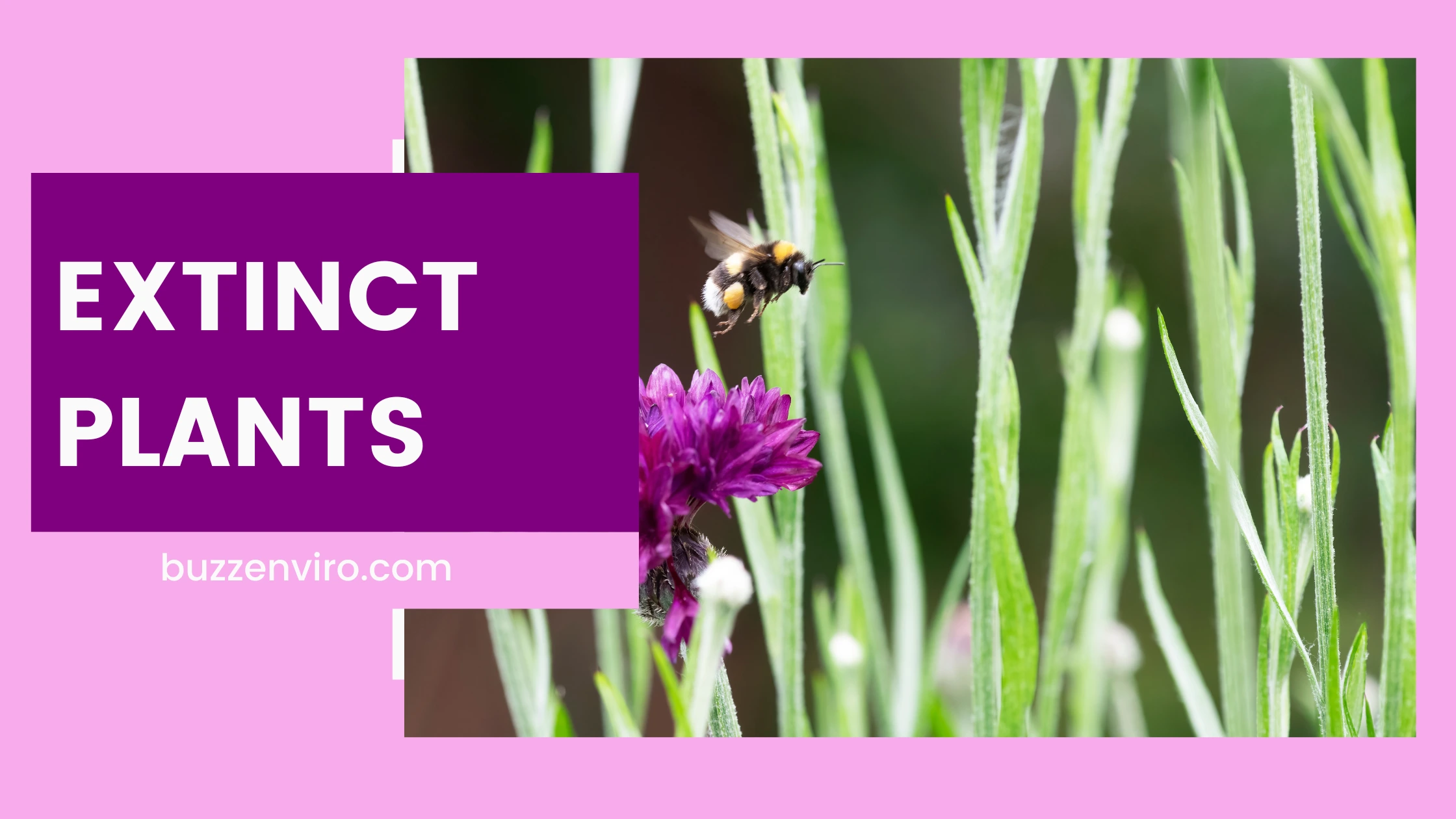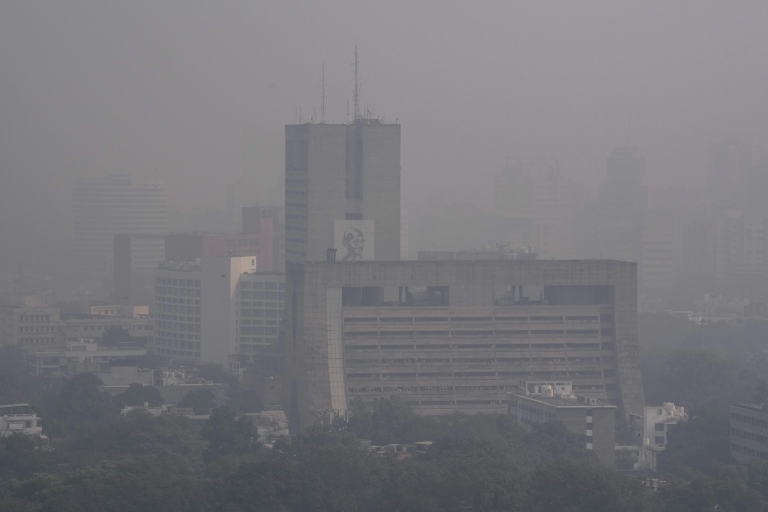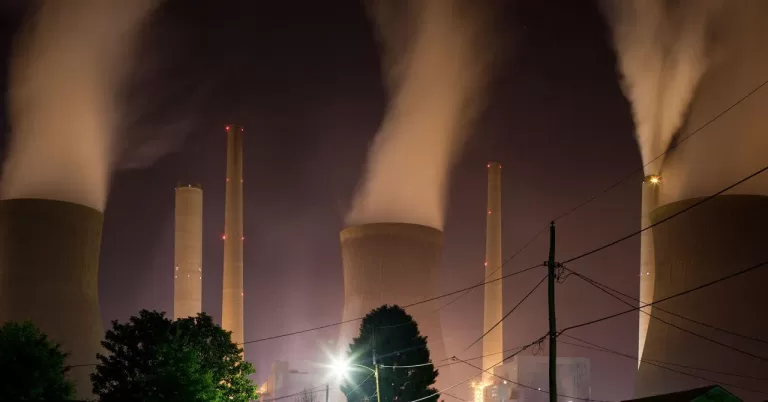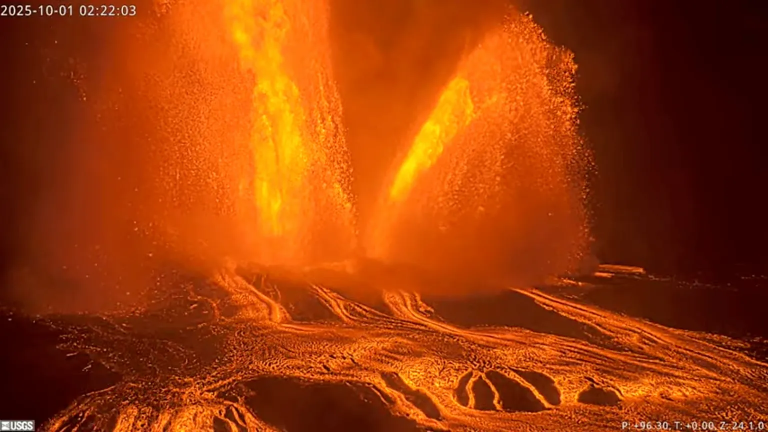
#image_title
Throughout history, many plants have come and gone, leaving behind only traces of their existence. The extinction of certain plant species has had profound impacts on ecosystems, as they were once integral parts of the flora and fauna. In this blog, we’ll dive deeper into the top 10 extinct plants, exploring when they were last seen, how they went extinct, their size, and other interesting details about these extinct plant species, extinct flowers, and extinct trees. Let’s take a closer look at some extinct plants with names that once adorned Earth’s landscapes.
What are Extinct Plants?
Extinct plants are plant species that no longer exist in the wild or anywhere on Earth. They were once thriving in various ecosystems but have disappeared due to factors like climate change, habitat loss, overharvesting, and human activities such as deforestation and pollution. Extinct plant species include extinct flowers, extinct trees, and other plants that have left no living specimens behind. The loss of these plants can disrupt ecosystems, as they play vital roles in the environment, from providing oxygen to supporting wildlife. Conservation efforts are crucial to prevent further plant extinctions.
1. Silphium (Silphium perfoliatum)

Last Seen: The Silphium plant was last recorded in the wild in the 1st century AD, though it had been cultivated for thousands of years prior to its extinction.
How It Went Extinct: This herbaceous plant, native to North Africa, was highly valued for its medicinal properties and culinary use. Over-harvesting and the eventual decline of its natural habitat led to its extinction. Despite extensive cultivation attempts, no surviving extinct plant species exist today.
Height: The Silphium plant could grow up to 2 meters tall, with large, aromatic yellow flowers.
2. Franklin Tree (Franklinia alatamaha)

Last Seen: The Franklin tree was last seen in its native habitat along the Altamaha River in Georgia, USA, in the early 19th century. The tree was officially considered extinct in the wild by the early 1800s.
How It Went Extinct: The tree was overharvested, and its habitat was threatened by human development. Despite extensive cultivation efforts, the Franklin tree has never been successfully reintroduced to the wild.
Height: The Franklin tree could reach up to 4.5 meters (15 feet) tall, with striking white flowers and a beautiful, aromatic scent.
3. St. Helena Gumwood (Commidendrum robustum)

Last Seen: The St. Helena Gumwood was last seen in the wild around 1994 on the island of St. Helena.
How It Went Extinct: This extinct tree suffered from deforestation, habitat loss, and the introduction of invasive species. While there are conservation efforts to preserve the species, it remains extinct in the wild.
Height: The St. Helena Gumwood was a small tree, typically reaching 2 to 3 meters (6.5 to 9.8 feet) in height.
4. Lantana Camara (Red Sage)

Last Seen: The Lantana Camara was last widely found in tropical regions in the late 19th century.
How It Went Extinct: This species became a victim of its environment as invasive species overtook its habitat and led to the rapid decline of its population. It is now considered an extinct plant in many regions.
Height: This plant was a shrub that typically grew between 1 to 3 meters (3.3 to 9.8 feet) tall, with colorful flowers in red, yellow, and orange shades.
5. King’s Lomatia (Lomatia tasmanica)

Last Seen: The King’s Lomatia was last seen in the wild in Tasmania, Australia, in the 1960s.
How It Went Extinct: The King’s Lomatia is a species of shrub that is believed to be extinct in the wild due to habitat destruction and lack of regeneration. Interestingly, the species survives only through a clone of the original plants.
Height: The plant can grow up to 3 meters (9.8 feet) tall and has distinctive serrated leaves and small, white flowers.
6. Hawaiian Sand Verbena (Abronia umbellata)

Last Seen: This extinct plant was last seen in its native Hawaiian coastal habitat in the 20th century.
How It Went Extinct: Habitat destruction caused by urbanization and invasive species led to the extinction of this species. It was a vital part of Hawaii’s coastal ecosystem, but without protection, it could not survive.
Height: The Hawaiian sand verbena grew to about 30-45 centimeters (12 to 18 inches) tall, with vibrant purple, pink, or yellow flowers.
7. New Zealand Tree Daedalochila

Last Seen: The New Zealand Tree Daedalochila known as walking tree was last seen in its native rainforest habitat in New Zealand during the early 20th century.
How It Went Extinct: This extinct tree was over-exploited for timber and fell victim to the spread of invasive species. Conservation efforts have been unable to reintroduce it to its natural environment.
Height: The tree reached heights of 10 to 12 meters (33 to 39 feet), with glossy, green leaves and thick bark.
8. Desert Larkspur (Delphinium nudicaule)

Last Seen: The Desert Larkspur was last recorded in the southwestern United States in the mid-20th century.
How It Went Extinct: This plant became extinct due to extreme desert conditions and habitat loss from agricultural expansion. The extinct flowers of this plant were once admired for their bright blue and purple blooms.
Height: The Desert Larkspur could grow to about 1 meter (3.3 feet) tall with vibrant flowers.
9. Tree of Paradise (Dodecadenia asteris)

Last Seen: The Tree of Paradise was last seen in tropical rainforests in Central America in the 18th century.
How It Went Extinct: Overharvesting and deforestation led to its extinction in the wild. The Tree of Paradise was once known for its beautiful, colorful blooms, but it is now considered extinct in nature.
Height: The Tree of Paradise could grow up to 6 meters (19.7 feet) tall, with fragrant, pinkish flowers.
10. Great Basin Sagebrush (Artemisia tridentata)

Last Seen: This extinct plant species was last observed in the western United States in the mid-20th century.
How It Went Extinct: The Great Basin Sagebrush became extinct due to climate change, overgrazing by livestock, and urban sprawl. It was once an essential plant species in the region’s arid landscapes.
Height: The Great Basin Sagebrush grew to 1.2 to 2 meters (4 to 6.5 feet) tall, with grayish-green leaves and small, aromatic flowers.
Also Read:- Top 10 Desert Animals
Conclusion
The extinction of these extinct plants serves as a reminder of how fragile our environment can be. Extinct flowers, extinct trees, and other extinct plant species were once integral to ecosystems across the globe, and their loss highlights the critical need for conservation efforts. While some of these plants still exist in the form of clones or preserved specimens, many will never grow in the wild again. As we continue to face the challenges of climate change and habitat destruction, it is more important than ever to protect the remaining species that still grace our planet.
By learning about these extinct plants, we can gain valuable insights into the importance of preserving biodiversity for future generations. Let’s hope that we never add more plants to this list of lost flora and fauna.



